Every Tuesday, Italian expat Emiko Davies is taking us on a grand tour of Italy, showing us how to make classic, fiercely regional dishes at home.
Today: The ultimate Sicilian dessert and a must at the Easter table: a ricotta and chocolate-filled cake, with layers of sponge cake and pistachio cake.

This ricotta and chocolate chip-filled sponge is usually an opulently-decorated and gaudy cake, covered with brightly-colored candied fruit (maraschino cherries are a classic), food coloring-pumped green marzipan, and royal icing in dainty, lace-like frills.
But don't be frightened by its appearance.
It's actually a surprisingly delicate cake, and one mouthful will have you hooked. Sponge cake layers supported by alternating pistachio marzipan and sponge sides hold together a creamy filling of ricotta and chocolate. A hard, sugar glaze coats the entire thing and whole candied fruit such as figs, mandarins, pears, apricots, and melon -- an art in itself in Sicily -- decorate the top. Could there be more going on here? It's the ultimate Sicilian dessert and it is a constant at the Easter table, as it has been for centuries.
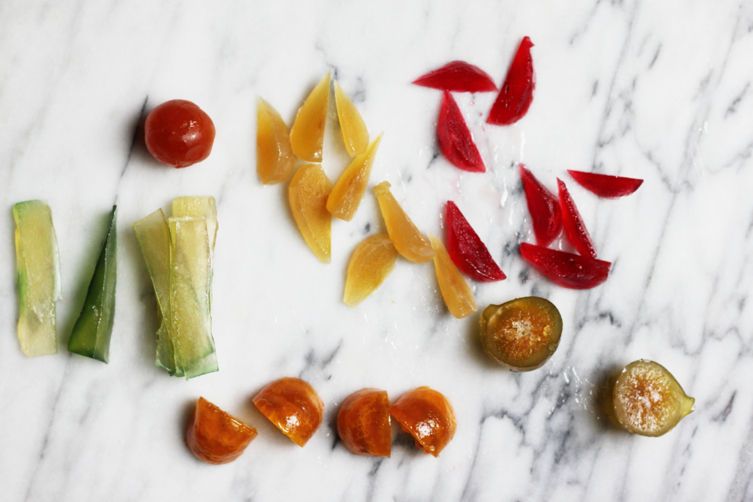
This elaborate Sicilian specialty is made all over the island, from Palermo to Trapani -- and they say it's over a thousand years old. Like many of Sicily's ancient traditions, the cassata is a result of a combination of mingling cultures over the centuries, with origins in Arabic culture in the use of sugar, almonds, pistachios, and candied citrus (the name itself comes from the Arabic word, “Quas'at”). Later, the Spanish brought chocolate and sponge cake (which is known as “pan di Spagna” in Italian -- literally Spanish bread). Then, over the centuries, the recipe was perfected in monasteries and convents, where the pistachio marzipan was added and the dessert was made complete.
The dessert is usually made in a pie tin that has outward sloping sides and lined with sponge and marzipan, then filled and lined again. It is then left to rest in the fridge for a few hours to set and take shape -- then is turned out onto a plate, glazed, and decorated.
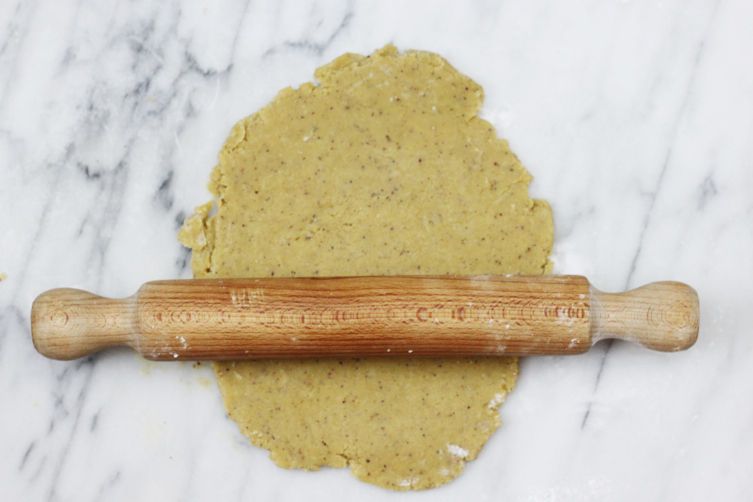
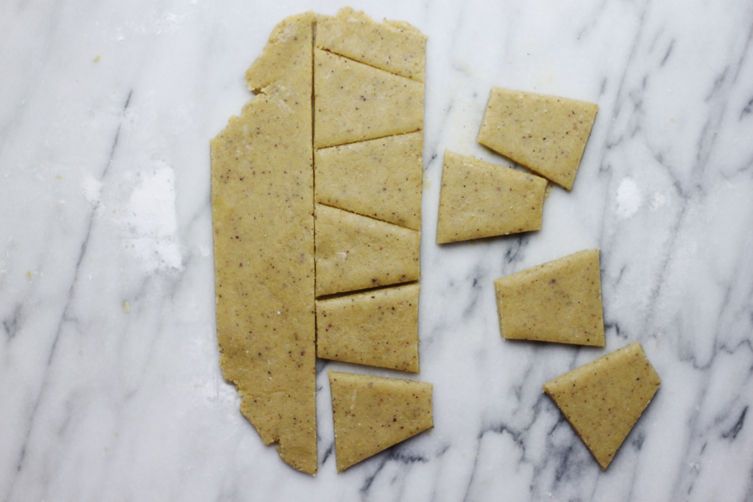
Some add candied fruit, chopped into little cubes, to the ricotta filling. Others dab a syrup spiked with rum or marsala to the sponge to help it take shape. Another variation includes a green-tinged marzipan covering the entire thing instead of the sugar glaze, but the ultimate recipe should include a real, homemade pistachio marzipan that is cut into inch-wide pieces that alternate with sponge to create a striped look along the sides of the cake.
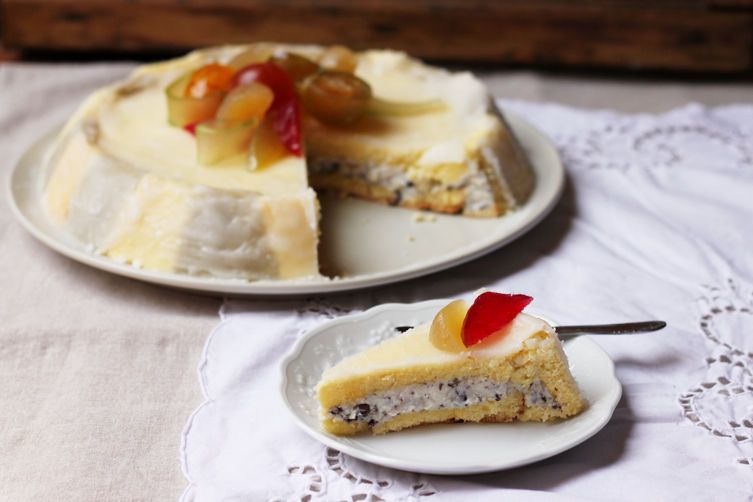
I've kept the essential elements in the most traditional way. Keeping in mind the entire thing is covered in a shell of icing, I use significantly less sugar than what the usual sweet-toothed Sicilian would use in both the ricotta filling and the sponge cake (which is normally homemade). I must admit, though, there is slightly more chocolate and it is dark (at least 70% cocoa), chopped into pieces from a very good block rather than regular chocolate chips. Now enter a little bite of homemade pistachio marzipan and perhaps a sliver of artisanal candied fruit (seek this out -- it is quite a different thing from regular, packaged candied fruit), and you have one unforgettable dessert.
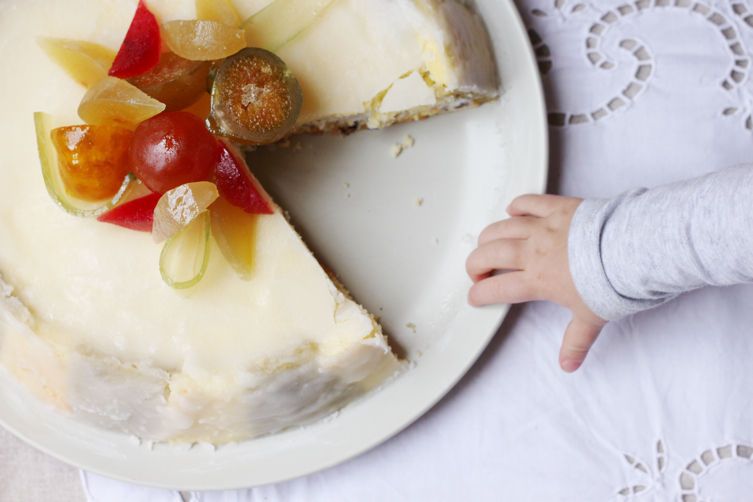
Cassata Siciliana
Serves 8 to 10
For the pistachio marzipan:
1/2 cup (125 grams) sugar
1/4 cup (75 milliliters) water
3 ounces (85 grams) whole, blanched almonds
1 1/2 ounces (40 grams) whole, raw pistachios (unsalted and shelled)
For the cassata:
1 sponge cake
23 ounces (650 grams) firm ricotta, preferably sheep's milk
1 cup (220 grams) caster sugar
2 1/2 ounces (70 grams) 70% cocoa dark chocolate
2 3/4 cups (350 grams) powdered sugar
1/3 cup (80 milliliters) water, plus more if needed
Candied fruit for decorating, preferably artisan-made
See the full recipe (and save and print it here).
Photos by Emiko Davies
See what other Food52 readers are saying.